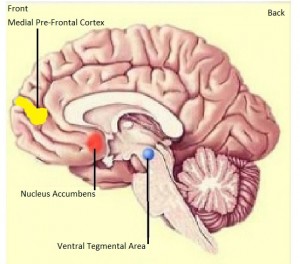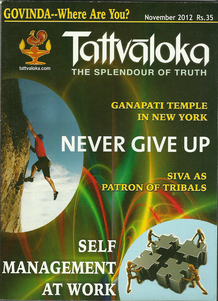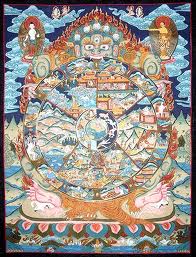Seekers often ask questions about the meaning of the word mithyA. It is, after all, one of the most important concepts in Advaita. Someone has just asked about the usage of the word itself: Did Shankara use it? Does it occur in the Upanishads? I had to do a bit of research on this one and thought others might be interested in what I discovered.
The dictionary definition of the word gives: 1) contrarily, incorrectly, wrongly, improperly; 2) falsely, deceitfully, untruly; 3) not in reality, only apparently; 4) to no purpose, fruitlessly, in vain. According to John Grimes, it derives from the verb-root mith, meaning ‘to dispute angrily, altercate’.
It seems that it only occurs in one Upanishad – the muktikopaniShad. This is the Upanishad which tells you which Upanishads you need to study in order to obtain mokSha or mukti. It says that you can, in theory, get away with studying only one – the Mandukya, with its bare 12 sutras. If this alone does not enlighten you, then you need to study the 10 major Upanishads (Isha, Kena, Katha, Prashna, Mundaka, Mandukya, Taittiriya, Aitareya, Chandogya and Brihadaranyaka). If you still haven’t got it, there are a further 22 making up the main ones. Failing that, you are doomed to have to study the 108 commonly recognized ones. (After that, you start again!) Continue reading






